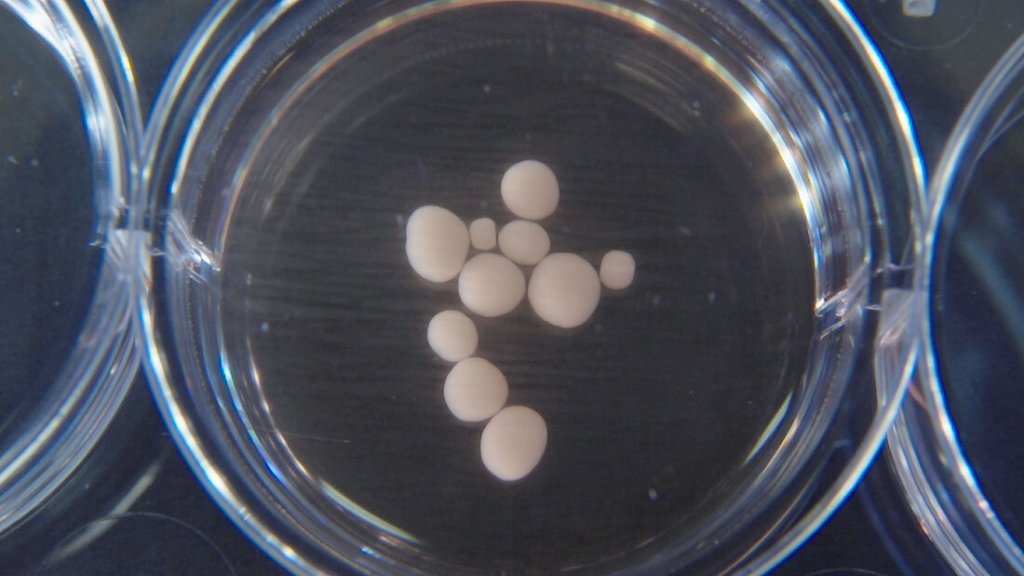I was reading about how stem cells are used so much in research in recent years to grow and develop organs in the lab. In particular, the advancements being made in growing mini brains. How amazing would it be if we were one day able to develop a fully functioning brain from our own brain cells that could be transplanted into brain dead patients!
So how close have scientists got to creating a fully developed and functioning brain?
Many ongoing experiments have been able to take human tissue and develop it into cerebral organoids, better known as mini brains. But what is the science behind this? I read an article written by Tiare Dunlap from University of California, Los Angeles. The article explains that scientists take the human tissue and engineer it to become induced pluripotent cells. Induced pluripotent cells are cells that can differentiate into any cell type in the body. They can then take these cells and by changing the environment the cells are in they can make them become neural stem cells. These neural stem cells are capable of developing into most of the types of cells found within the brain. The article also explained how there is no set protocol that is used across labs resulting in huge differences between ongoing experiments. I suppose the differences obtained in the results of the experiments can be a good thing in such a new and developing area of science. However, it did make me question if discoveries could ever be backed up with more evidence if each experiment carried out is slightly different. Is it limiting the discoveries that could be made within this highly important research? (https://newsroom.ucla.edu/releases/making-mini-brain-organoids-brainier#:~:text=To%20produce%20mini%E2%80%93brain%20organoids,cell%20type%20in%20the%20body.)
I found this video which gives a good summary of the the ongoing research and some of the science behind it.
What can we do with mini brains?

This is an image of cerebral organoids that were grown in a lab. At the minute, the mini brains are being used to research neural development, creating models to research neurodevelopmental disorders and for testing drug administration and responses.
But the big question is how far can we go with these mini brains?
A large amount of ongoing research is aimed at developing mini brains that can be conscious. There has been a few experiments that have shown that it is possible for the organoids to develop properties of a conscious brain. This includes, in 2019, Muotri’s group published a paper showing the creation of human brain organoids that produced coordinated waves of activity, resembling those seen in premature babies.
At the present time, there is no evidence that cerebral oranoids can become fully conscious, but the theory behind it has sparked many ideas on how we can further develop and use cerebral organoids. The downloadable PDF written by Sara Reardon gives a great insight to some further research ideas that are starting to become a reality.
Further reading and research into my initial question; whether a fully functioning brain could be developed from our own cells, has shown that there is still a lot of research to be done if it is to become a reality. And although the reality of this happening is still far down the line it was extremely interesting to see how far science has come.
This is an engaging blog that clearly shows how your reflections on some of the course content has led you to explore the area in more detail. You’ve picked some good sources here to make your points.
You could improve this blog by developing a little bit more of a critical approach, for example by thinking carefully about how likely some of the claims in the published work are to be true, and by backing up some of your opinions with evidence that might support them – for example your question about ‘limiting discoveries’.